44 the theory of plate tectonics worksheet answers
THIS DYNAMIC PLANET - USGS The theory of plate tectonics is a relatively new scientific concept. While its forerunner—the theory of continental drift—had its inception as early as the late 16th century, plate tectonics only emerged and matured as a widely accepted theory since the 1960s (see This Dynamic Earth booklet). In a nutshell, this Carbon Chemistry | Chemistry | Visionlearning Bookmark; Glossary Terms; To understand life as we know it, we must first understand a little bit of organic chemistry. Organic molecules contain both carbon and hydrogen. Though many organic chemicals also contain other elements, it is the carbon-hydrogen bond that defines them as organic.
Multiple Choice Questions for Plate Tectonics - Chapter 19 What two scientists proposed the theory of seafloor spreading in he early 1960s? Charles Darwin and James Hutton Harry Hess and Robert Dietz John Butler and Arthur Smite F. Vine and D. Mathews. The theory of plate tectonics was widely accepted by _____ . the end of the 19th century about 1950 about 1960 about 1970
The theory of plate tectonics worksheet answers
Plate Tectonics – Practice Questions and Answers Revised ... Plate Tectonics – Practice Questions and Answers Revised August 2007 1. Please fill in the missing labels. 2. Please fill in the missing labels. 3. How many large plates form the outer shell of the earth? 4. What lies directly beneath the crust? 5. The upper mantle and crust make up what major tectonic feature of our planet? 6. 7 Dimension 3: Disciplinary Core Ideas - Earth and Space ... Most continental and ocean floor features are the result of geological activity and earthquakes along plate boundaries. The exact patterns depend on whether. Plate tectonics is the unifying theory that explains the past and current movements of the rocks at Earth’s surface and provides a coherent account of its geological history. Early Ideas about Matter | Chemistry | Visionlearning Modern atomic theory An eighteenth-century chemistry bench. Priestley, Lavoisier, and others had laid the foundations of the field of chemistry. Their experiments showed that some substances could combine with others to form new materials, other substances could be broken apart to form simpler ones, and a few key "elements" could not be broken down any further.
The theory of plate tectonics worksheet answers. Science Content Standards - The National Academies Press Providing answers to questions about science content. Communicating science explanations. Individuals and groups of students analyzing and synthesizing data without defending a conclusion. Groups of students often analyzing and synthesizing data after defending conclusions. Doing few investigations in order to leave time to cover large amounts ... Early Ideas about Matter | Chemistry | Visionlearning Modern atomic theory An eighteenth-century chemistry bench. Priestley, Lavoisier, and others had laid the foundations of the field of chemistry. Their experiments showed that some substances could combine with others to form new materials, other substances could be broken apart to form simpler ones, and a few key "elements" could not be broken down any further. 7 Dimension 3: Disciplinary Core Ideas - Earth and Space ... Most continental and ocean floor features are the result of geological activity and earthquakes along plate boundaries. The exact patterns depend on whether. Plate tectonics is the unifying theory that explains the past and current movements of the rocks at Earth’s surface and provides a coherent account of its geological history. Plate Tectonics – Practice Questions and Answers Revised ... Plate Tectonics – Practice Questions and Answers Revised August 2007 1. Please fill in the missing labels. 2. Please fill in the missing labels. 3. How many large plates form the outer shell of the earth? 4. What lies directly beneath the crust? 5. The upper mantle and crust make up what major tectonic feature of our planet? 6.


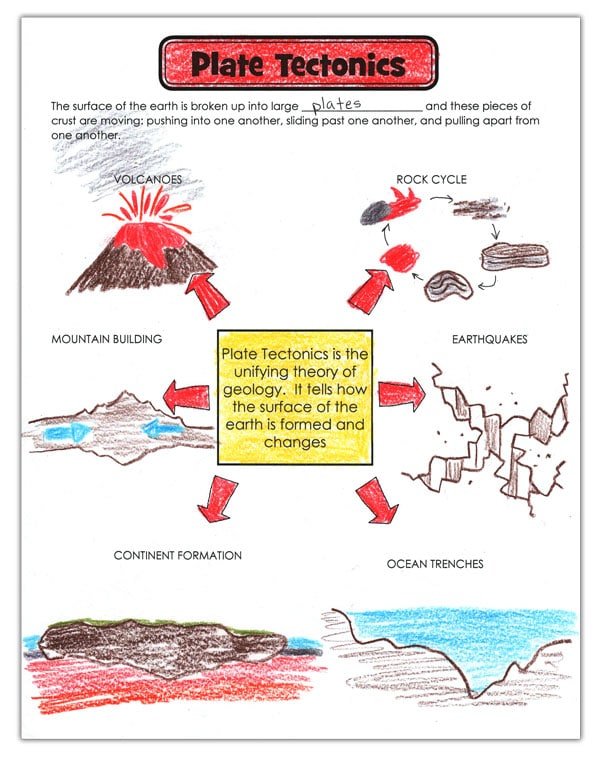
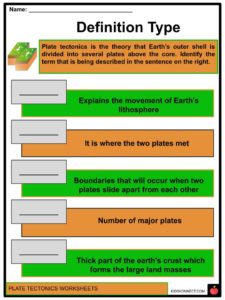
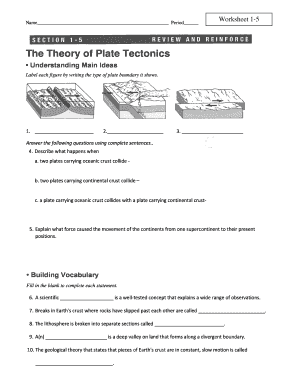
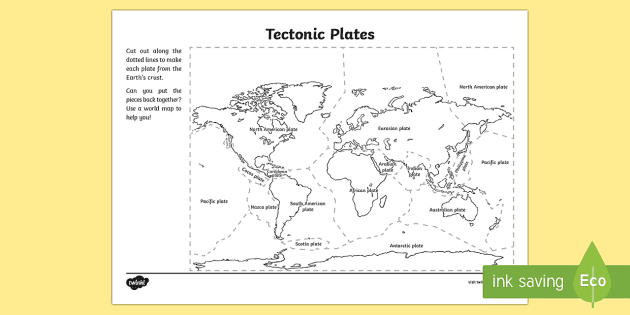


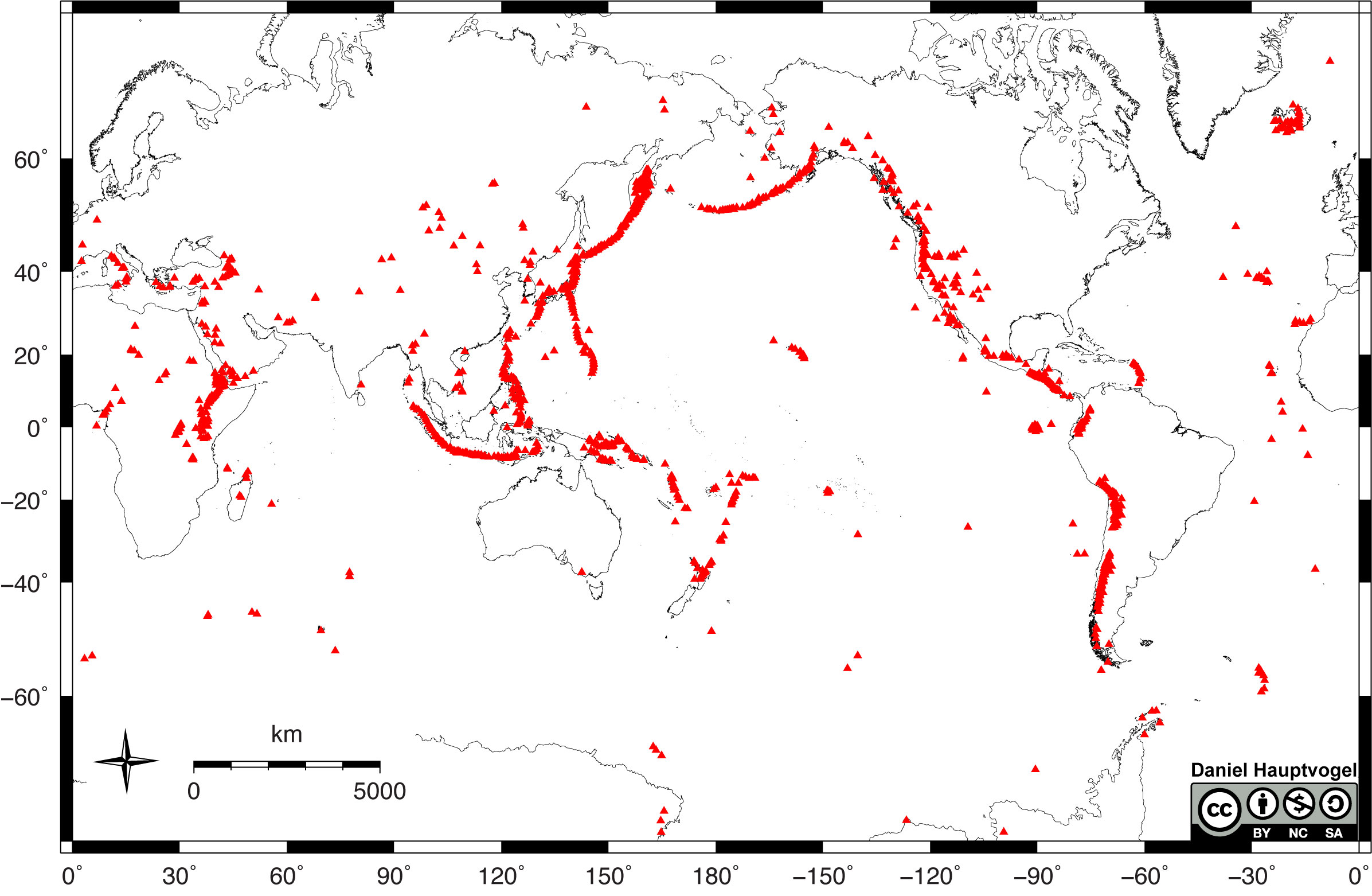
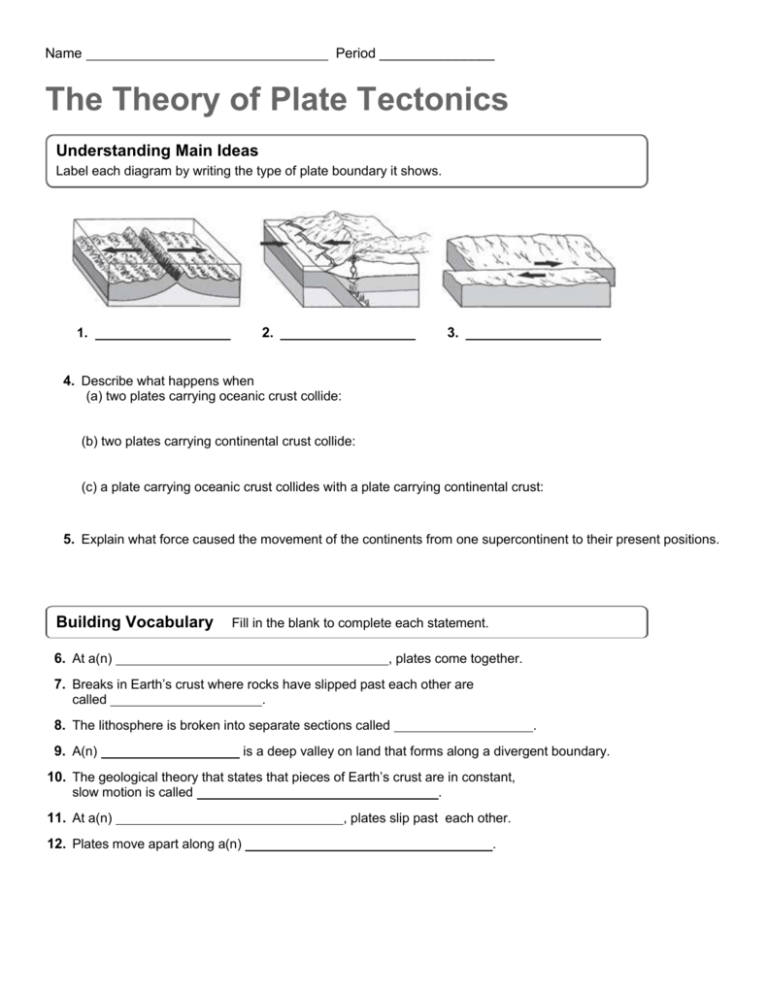

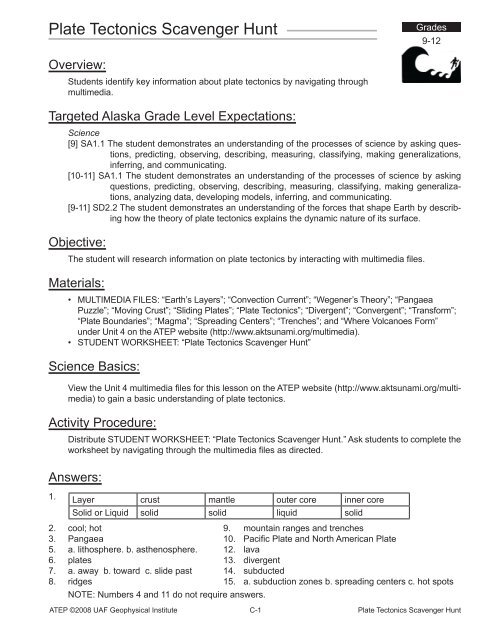

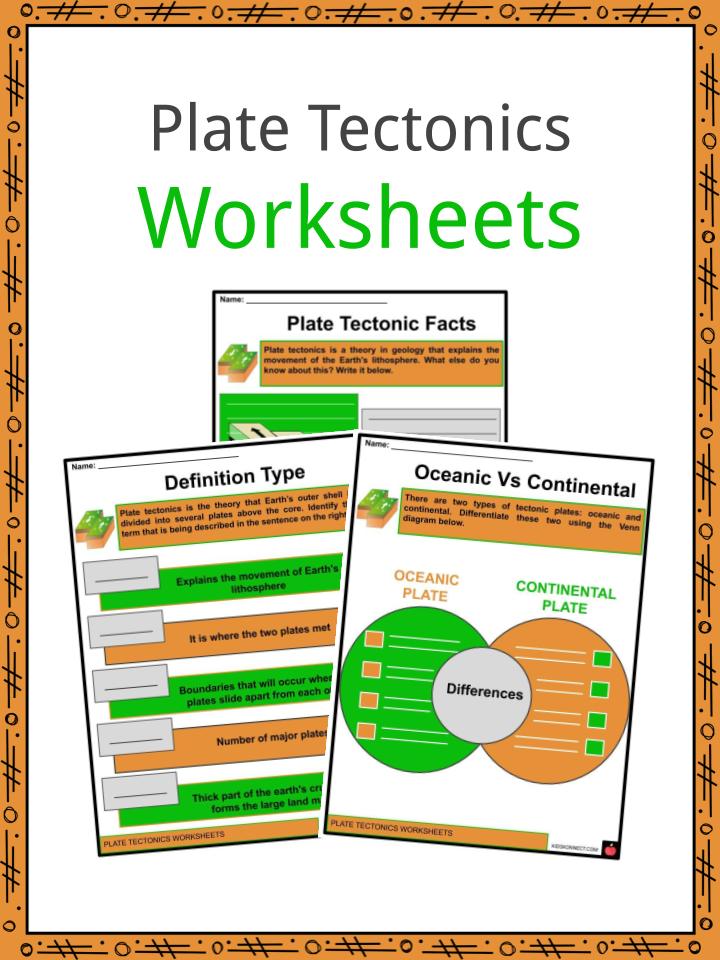
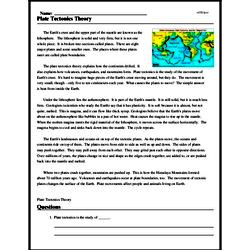

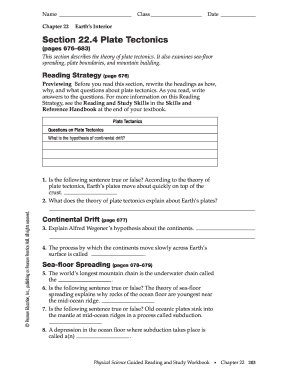


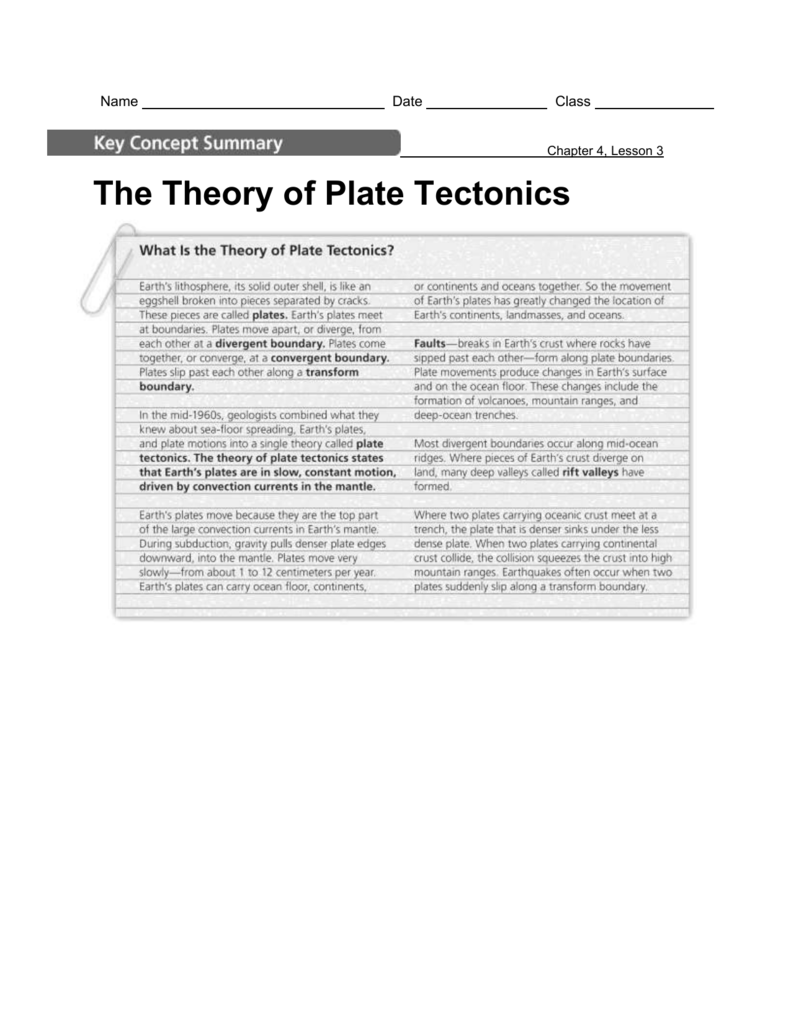

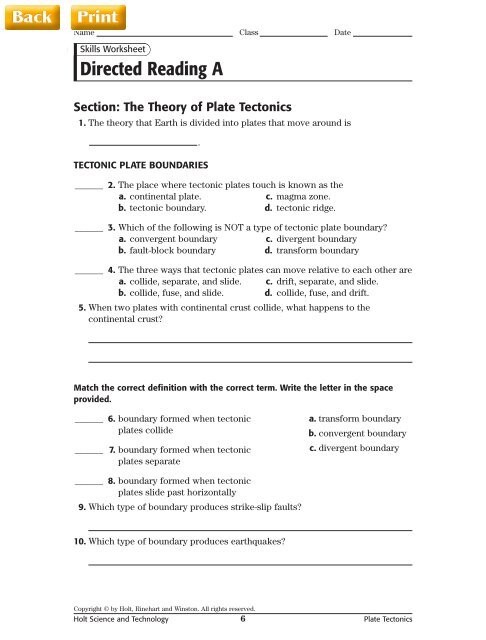

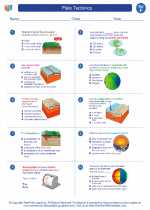

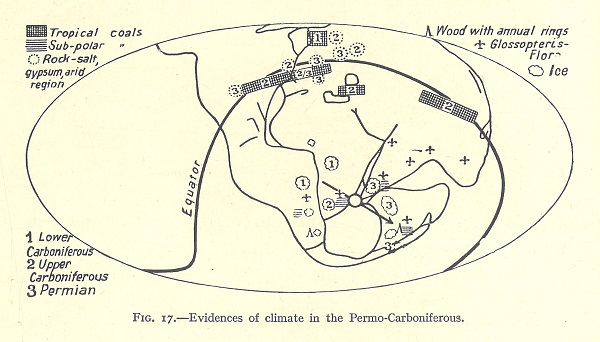
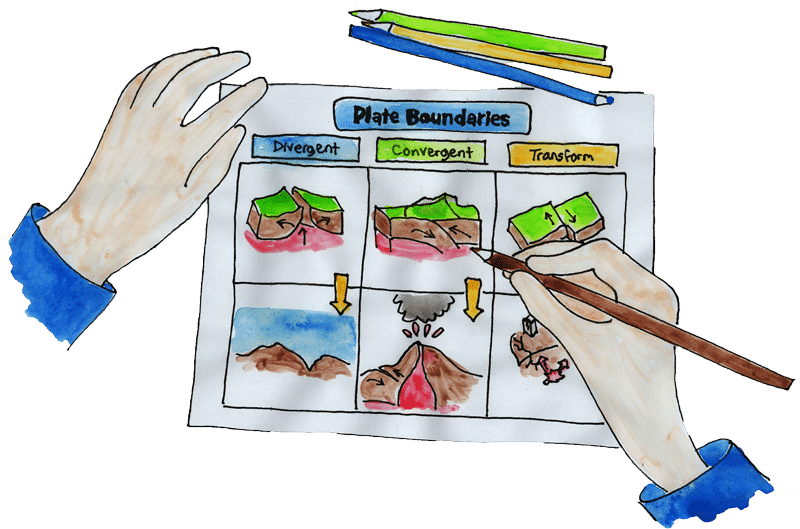




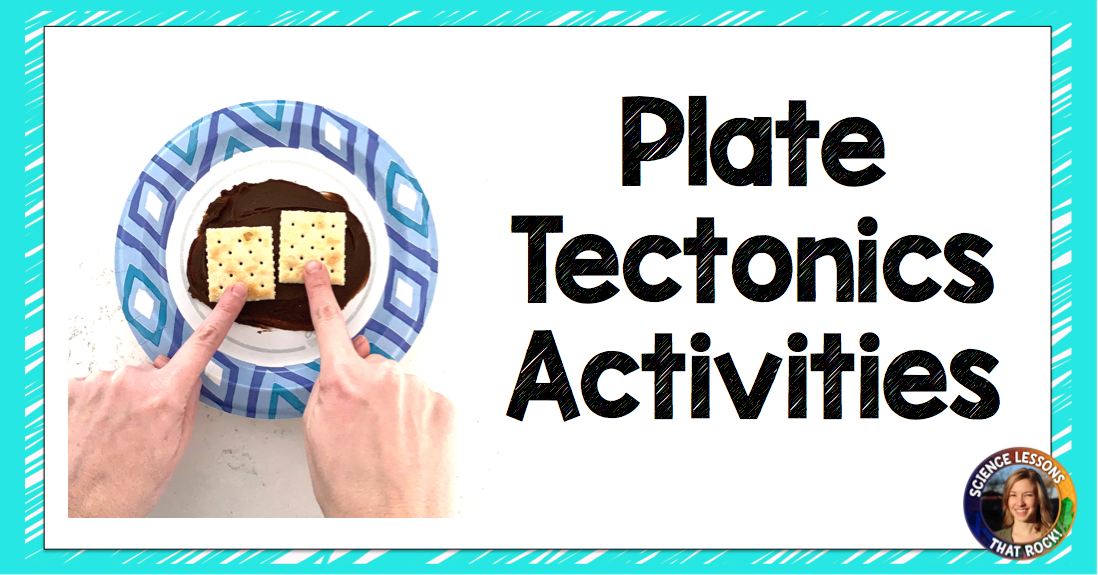
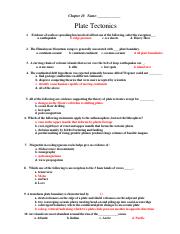


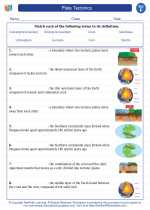

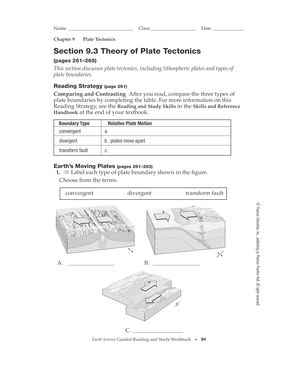


0 Response to "44 the theory of plate tectonics worksheet answers"
Post a Comment